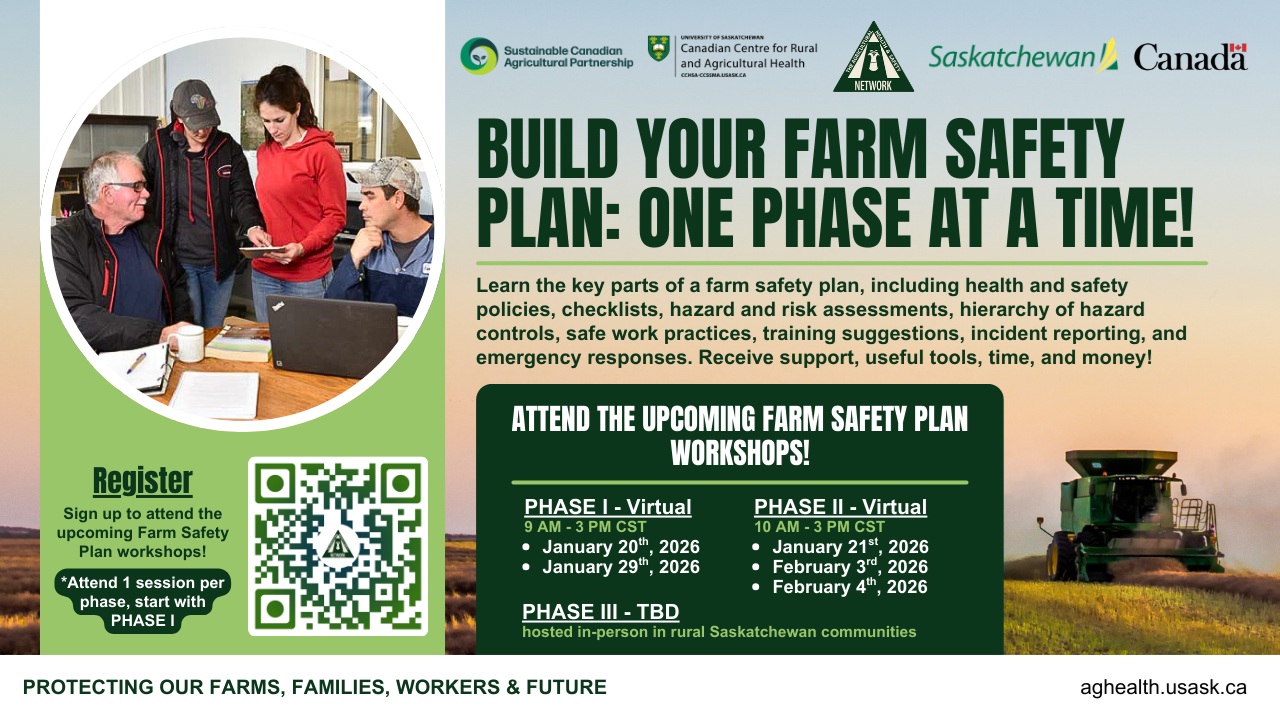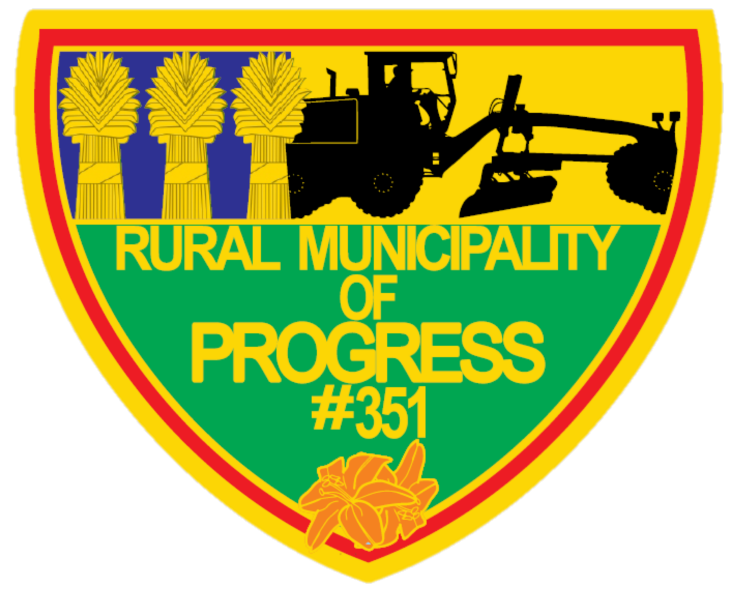Job Opportunities
The RM welcomes anyone with heavy equipment experience to submit their resume for consideration.
Key Dates for Hay Salvage
-
Until July 8: Hay Salvage
A land owner or lessee has the first opportunity to cut or bale hay.
-
July 9-August 8: Hay Salvage
Anyone can cut and bale hay without permission from the adjacent landowner or lessee.
- July 15 to October 15: Regular Ditch Mowing
Municipality will begin mowing the width of ditches along roads.
- August 8: Bale Removal
All hay bales must be removed from ditches.
Rebate Programs for the Sustainable Canadian Agricultural Partnership
Program Highlights
- Gopher Control Program
The program will rebate up to 50% of registered gopher control product expenses. The use of raptor platforms and nest boxes are eligible for up to 50% of material costs to a maximum of $125.
- Invasive Plant Control Program
The Invasive Plant Control Program will provide a rebate towards expenses regarding herbicides, monitoring, and other expenses that adhere to program eligibility.
|
RM Alert System
The Rural Municipality of Progress uses an alert system called H2Notify which sends messages from the RM by text. To receive these notices fill out the form linked below and return it to the office. Notifications include information regarding seasonal construction, the community well, office hours, etc.
H2Notify Sign Up Form



2026 Subsidized Shelterbelt Program Launch
HELP International remains committed to its long-standing promise to provide the lowest-cost, highest quality trees in Canada—supporting landowners, municipalities, and communities in establishing sustainable shelterbelts and woodlots.
While many retailers charge $13 per seedling for 4–8 inch yearling lilac and caragana, HELP continues to offer all varieties at the following subsidized rates:
- 1-year seedlings: $2.50 each
- 2-year seedlings: $3.50 each
- 3-year seedlings (double root ball): $5.00 each
(Prices based on orders of 50 or more per variety)
Order now to receive up to 22% additional savings through combined early-bird discountsand tree bonuses for Spring, Summer, and Fall 2026 plantings.
Go to HELP Shelter-Belts for more information.
Fire Ban Status: not in effect
October 1, 2025, there is no fire ban in effect for the RM of Progress.
Click the links below to learn more about fire bans in Saskatchewan,
or to view an interactive map of Saskatchewan area fire bans.
Fire Ban FAQs
Saskatchewan Fire Bans
Free On-Farm Clubroot Soil Testing
While clubroot is no longer a declared pest under the Plant Health Act, it is still a threat. Soil testing your fields for the clubroot spores is part of a proactive management strategy. Results of the soil test remain confidential. Land locations are not required information, only the producer's name and contact information so results can be passed on.
To participate in this program and receive your soil testing kit, reach out to:
Colleen Fennig PAg
Plant Health Technical Advisor - Division 6
Phone: 306-946-9895
Email: phndivision6@sarm.ca
Now Available: Water Sample Bottles
Sample bottles for testing both livestock and drinking water are now available for rate payers at the RM office.
|
Got Bats?
- A research group at the University of Saskatchewan is working on the conservation of endangered bat species across Saskatchewan. You can help with this research by informing the team of roost locations in your area. For more information, click here!
Shelterbelt Tree Programs:
|



